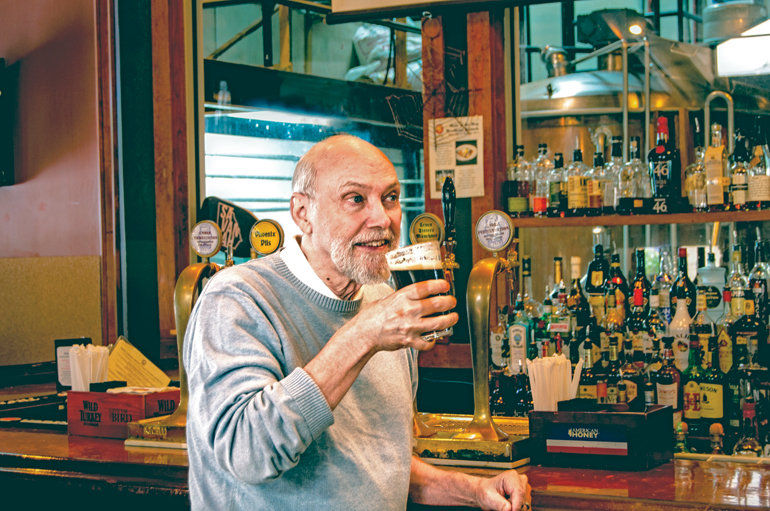Start 14-Day Trial Subscription
*No credit card required

Independent Craft Breweries vs. Macro Breweries
“I think that remains to be seen,” said Wallace, who pointed out that the barrelage being acquired by macros isn’t exceeding the barrelage it is giving up in market share annually. “I’m personally somewhat dubious. Once you’ve established that you’re for sale, how far will you go? How much control do these acquired entities have and how much force can they bring to bear to make you do things you may not agree with?”
Fish pointed out that so far the acquired breweries seem to have a relatively free operating hand. “From what I’ve seen, they’re leaving them alone and not trying to make them efficiency experts.”
During last year’s GABF, I visited with Pete Coors in his office and got his take on what’s happening in craft. This year I sought a follow-up interview, but he was traveling and not available for another conversation.
Interestingly, the alternating chairman of MolsonCoors is committed to developing new craft-style beers in-house such as the Blue Moon brand and the relatively new Colorado Native, a brand from the AC Golden brewery housed at the massive Coors facility in Golden, Colorado, which won a gold at last year’s GABF.
Blue Moon, where head brewer Keith Villa is nothing if not passionate, sells in the neighborhood of two million barrels annually. Colorado Native is currently sold only in Colorado with an annual output of roughly 14,000 barrels, but it remains to be seen if Coors will try to scale up the production of the beer. Meanwhile, the production facilities of traditional macro beer are being scaled down by the joint MillerCoors operation, a sure sign that the sale of traditional American premium lagers has peaked and growth for macros will have to come from elsewhere – possibly even smaller breweries.
The bottom line is that there’s a passion for making creative, flavorful beer that’s driving the market and that the previously existing market, otherwise known as the status quo, was dominated by those who preferred a passion for making money by dominating with a single style of mass-produced lager beer.
Guinness has recently brought a Nitro IPA to the North American market. Pabst Brewing Company already distributes Ballantine IPA widely in 12-packs. Does this mean Anheuser-Busch will join them and start selling a mass-marketed IPA in the next few years? Woe be unto me to predict precisely where the business of American beer is headed, no pun intended. But clearly the strategy lines are drawn more sharply than ever.
Pages
- « first
- ‹ previous
- 1
- 2
- 3



